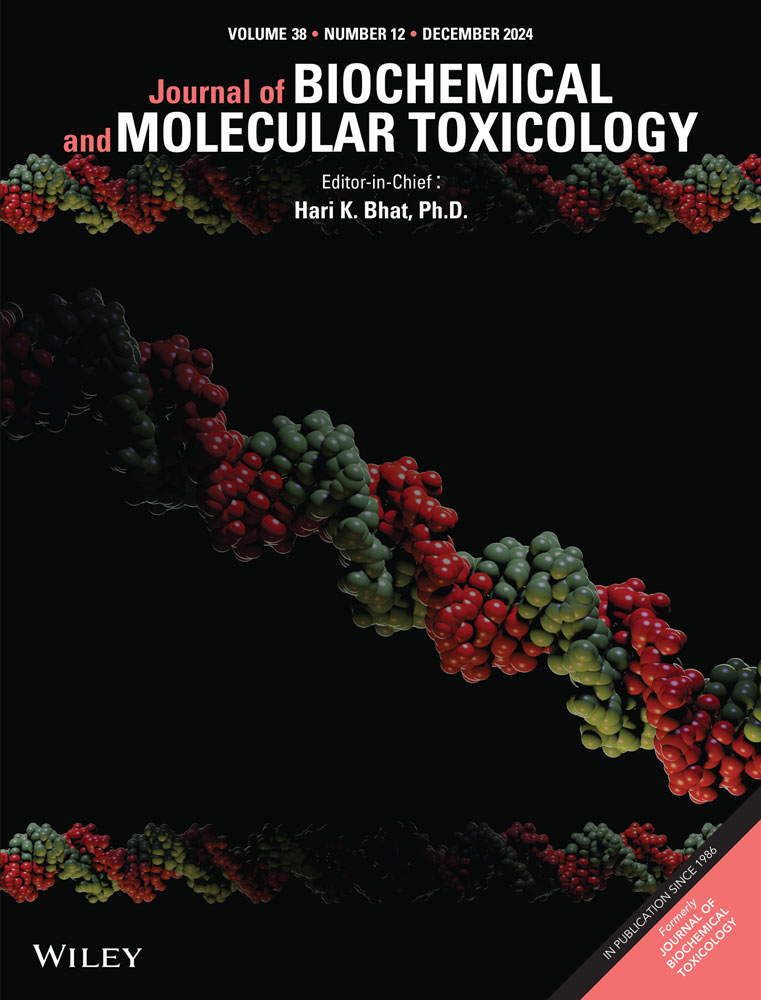Falcarindiol Suppresses Malignant Progression and Induces Ferroptosis in Non-Small Cell Lung Cancer by Regulating JAK/STAT3 Axis
Abstract
Non-small cell lung cancer (NSCLC) is the most prevalent human malignancy, characterized by high morbidity and mortality rates. Falcarindiol (FAD) has been validated to provide remission in multiple human tumors. However, the function of FAD in NSCLC is unclear. Hence, this research aimed to elucidate the role and potential mechanism of FAD in NSCLC. The toxic effect of FAD on BEAS-2B cells was investigated by cell counting kit-8 (CCK-8) assay. Also, the impact of FAD on NSCLC in vitro models was examined using CCK-8 analysis, western blot analysis, Transwell assay, Fe2+ level determination, immunofluorescence, and transmission electron microscope assays. Furthermore, the mechanism of FAD in NSCLC was assessed with western blot analysis, CCK-8 analysis, Transwell, and Fe2+ level determination. Additionally, the roles of FAD in NSCLC in vivo models were determined using a tumor xenograft model, immunohistochemistry assay, and western blot analysis. FAD concentrations below 160 µM exhibited no significant cytotoxicity toward BEAS-2B cells. FAD reduced NSCLC cell proliferation and invasion functionally, decreased PCNA, ki-67, and N-cadherin protein levels, while FAD increased E-cadherin protein levels. Meanwhile, FAD induced NSCLC cell ferroptosis by increasing Fe2+ and reactive oxygen species levels and decreasing GPX4 and xCT protein levels in NSCLC cells. Also, FAD induced mitochondrial fragmentation in NSCLC. Mechanically, FAD attenuated NSCLC cell proliferation, invasion, and enhanced cell ferroptosis, while RO8191 (activator of JAK/STAT3) reversed these effects. Furthermore, FAD repressed NSCLC cell proliferation in vivo by reducing tumor volume and tumor weight, decreasing ki-67, N-cadherin, GPX4, xCT, p-JAK1, p-JAK2, and p-STAT3 protein levels, and increasing E-cadherin protein levels. FAD attenuated NSCLC proliferation, invasion, and enhanced cell ferroptosis through the inhibition of the JAK/STAT3 signaling pathway.


 求助内容:
求助内容: 应助结果提醒方式:
应助结果提醒方式:


